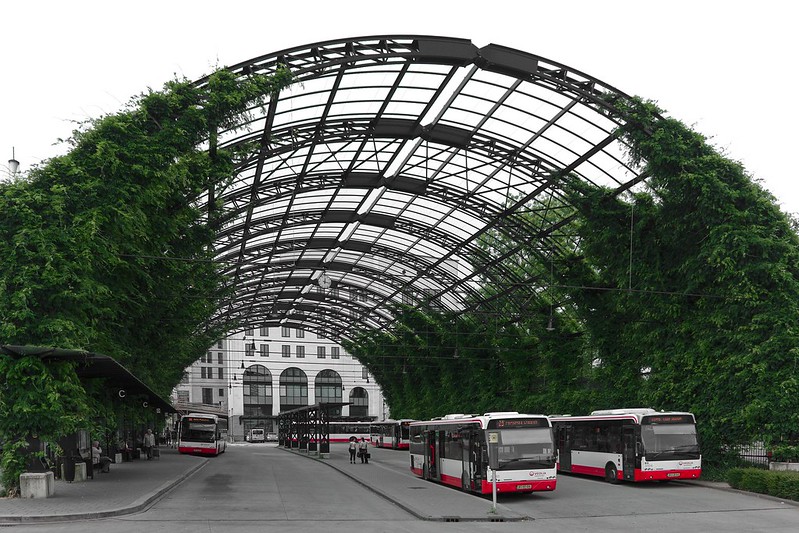
Presentations from the online event are available on the IEA Geothermal YouTube channel.
As part of the event’s agenda, case studies on the utilization of mine water systems for geothermal heating and energy storage were presented. IEA Geothermal recently highlighted two new case studies via their LinkedIn page – the HEATSTORE pilot project in Bochum, Germany, and the Heerlen District Energy Scheme in the Netherlands.
Storing heat in a former colliery in Bochum, Germany
The pilot project in the Fraunhofer IEG site in Bochum, Germany aims to demonstrate a mine thermal energy storage system. Heat is collected using a 30-kW solar power collector, and heated water is injected into the mine using wells that have been drilled into a former colliery. Various tests were undertaken during 2020 and 2021 and the pilot became fully operational in 2023.
Given the void volume of the mine and a temperature difference of 50 degrees Celsius, it could store heat equivalent to the annual heat demand of the Fraunhofer IEG site. The information collected from this study will be used for the development on mine water underground heat storage systems in the Ruhr region of Germany, where many former collieries are co-located with district heating schemes.
Using coal mines for geothermal heating and thermal storage in Heerlen, Netherlands
In Heerlen, Netherlands, a very successful scheme operated by Mijnwater Energy BV uses abandoned coal mines for district heating and cooling. The water in the coal mines is also used as a large underground thermal heat store as part of the 5th Generation District Heating and Cooling (5GDHC) grid operating in the city.
Developed since 2008, the system serves four heating clusters through a two-pipe 8-kilometer backbone. It delivers carbon savings of up to 3600 tons per year – 2000 tons from heating, and 1600 tons from cooling.